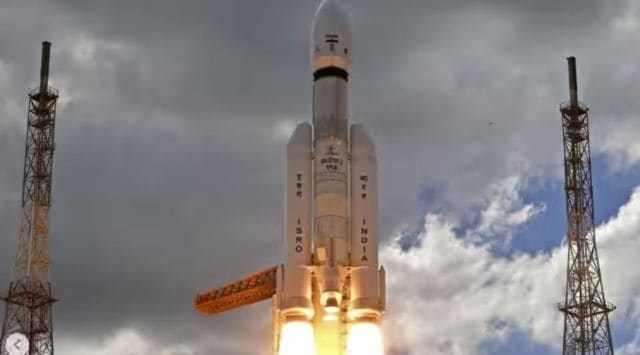Chandrayaan-3 mission: What is the role of ISTRAC and MOX?
While the Indian Space Research Organisation’s Telemetry, Tracking and Command centre in Bengaluru will receive data from the spacecraft and communicate commands to it, MOX is the centre from where scientists will monitor the mission.
 Since the launch of the Chandrayaan-3, the health and other flight parameters of the spacecraft have been controlled from MOX. (Representational Photo/File)
Since the launch of the Chandrayaan-3, the health and other flight parameters of the spacecraft have been controlled from MOX. (Representational Photo/File) As the Lander Module of Chandrayaan-3 prepares to land on the surface of the Moon on Wednesday, Isro’s ISTRAC centre and MOX will play a crucial role. While the Indian Space Research Organisation’s Telemetry, Tracking and Command (ISTRAC) centre in Bengaluru will provide command tracking support, its state-of-the-art mission control facility or MOX will see scientists monitoring the mission, minute to minute.
The ISTRAC centre
The ISTRAC centre provides telemetry, tracking and command services from the time a rocket launches with a satellite or spacecraft to injection of the satellite into orbit and through the lifespan of the satellite.
ISTRAC has a network of ground stations at Bengaluru, Lucknow, Mauritius, Sriharikota, Port Blair, Thiruvananthapuram, Brunei and Biak (Indonesia) and Deep Space Network stations.
ISTRAC is the location of the mission operations centre for ISRO deep space missions like Mangalyaan to Mars and Chandrayaan 1, 2 and 3 to the moon. ISTRAC will receive data from the spacecraft and communicate commands to it.
ISTRAC is networked with a Deep Space Network established outside Bengaluru for Isro’s deep space mission and will also be linked to ground stations of the Jet Propulsion Laboratory of the US and the European Space Agency for Chandrayaan-3.
The Mission Operations Centre or MOX
MOX consists of a Mission Control Room and a Mission Analysis Room which monitor a spacecraft 24×7. There are two MOX complexes at ISTRAC.
Since the launch of the Chandrayaan-3, the health and other flight parameters of the spacecraft have been controlled from MOX. The MOX facilities were first set up at ISTRAC for the Chandrayaan-1 fly-by-the-moon mission in 2008.
MOX can accommodate over 100 scientists to monitor a spacecraft. MOX resembles an operation theatre, with scientists seated on either side of a gallery poring over streams of data from a spacecraft.
Spacecraft are monitored for over 1,000 parameters to assess their overall health.







